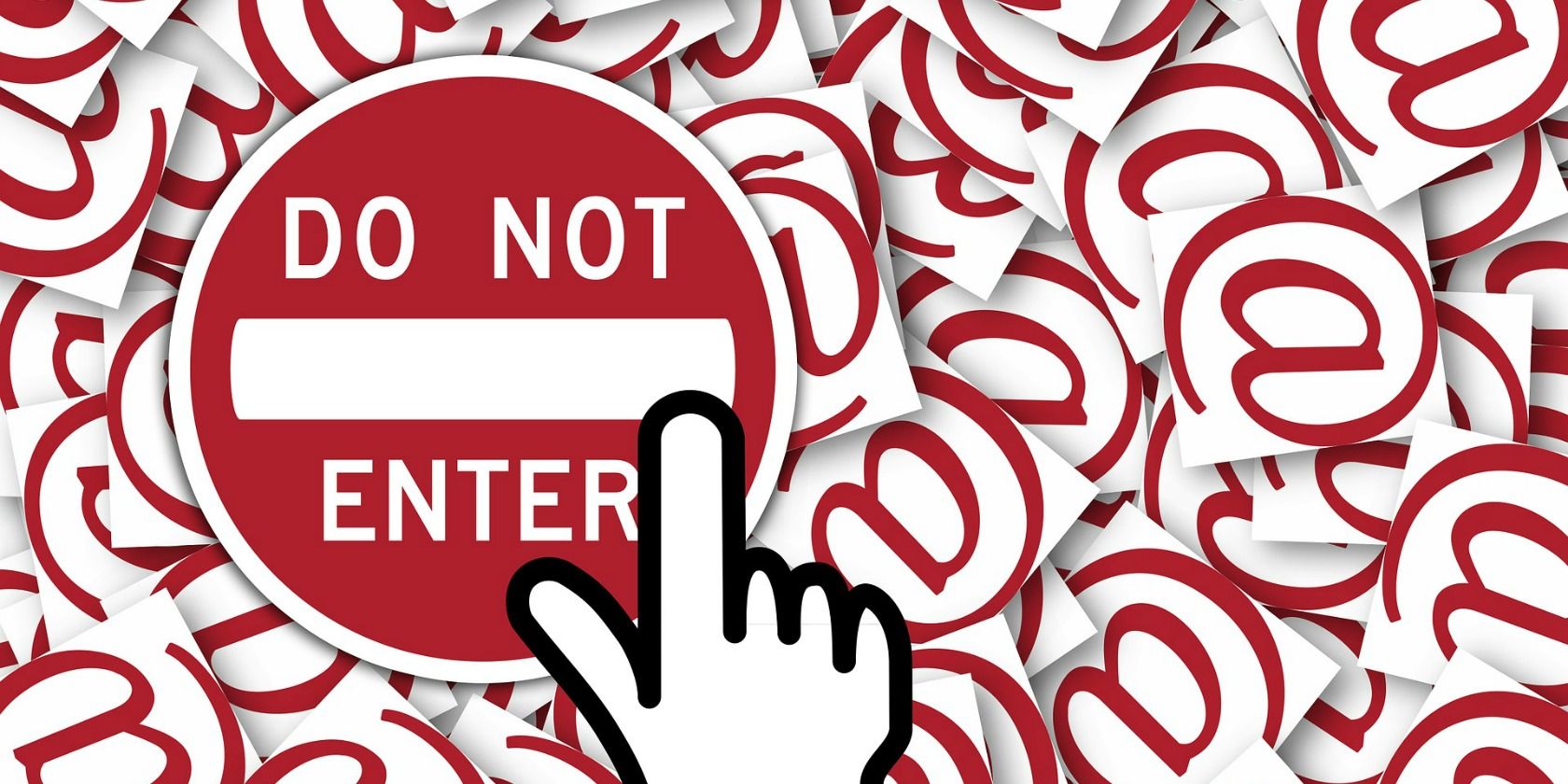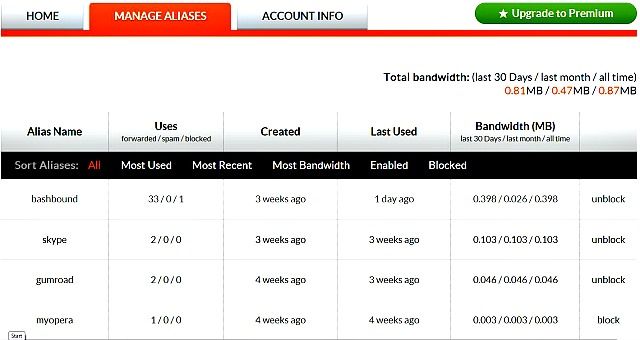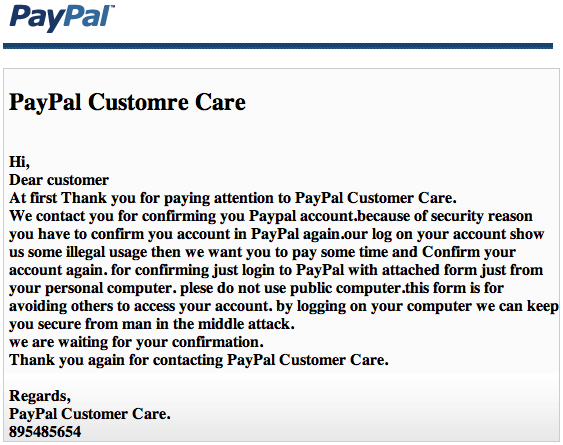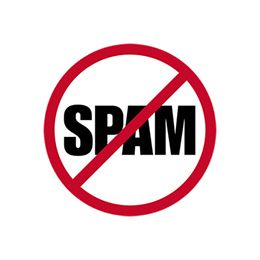Here's one more reason for everyone to hate Mondays. They're supposedly the busiest days for email spam, that frustrating stream of unsolicited emails about weight loss, Viagra, million-dollar lotteries, and what not.
It might be next to impossible to stop spam completely, but it's certainly possible to reduce its flow to a trickle. We have already covered ways to tackle Facebook spam , Twitter spam, and spam from friends. In this post, we'll tell you how to control email spam.
Unfortunately, the option to stop unwanted emails from piling up in your inbox is not available as a one-click solution. It is more of a bunch of different measures that you can take as part of your Web usage. We have outlined some of the important ones below.
Use Disposable Email Addresses
Some apps let you use a unique address for each website or service that you sign up for. These apps keep your actual email address under wraps and redirect all the mails sent to those different aliases to your main inbox. This way, if you receive spam, you can pin down the sender's identity and disable the address you've linked to that particular service.
With the personalized option provided by the folks at 33mail, you can have unlimited disposable addresses that end with @yourusername.33mail.com.
If you're registering on a website called xyz.com, with 33mail, you can sign up using a special alias, say xyz@yourusername.33mail.com. In fact, you don't even need to create it separately. It's created automatically the first time anybody tries to send you an email at that particular alias. In future, if you receive unwanted emails from xyz.com, you can always block the alias associated with it.
33mail comes with a forever-free plan and an annual payment one. The paid plan lets you reply anonymously and use a custom domain as well.
If you're looking for more options, Yaara's post on disposable email services has you covered.
Tie Up the Loose Ends
If your email program does not have a built-in spam filter or if the filter isn't doing a very good job of keeping the spam out, try an external spam blocker like SpamAssassin. It is an open-source option for Windows, Linux, and Mac. If you're a Windows user, Ryan's post about setting up SpamAssassin for Windows can come in handy.
You can always secure your email further by using encryption for your webmail. Email encryption is defense against bots which harvest email addresses, and prevents also email spoofing.
If you absolutely have to reveal your email address online, be clever about it. Use a trick or two to disguise your email and get a grip on spam.
Given the amount of Web activity you engage in every day, you might forget that you signed up for certain updates. When you do get those updates at a later date, you might discard them as spam without thinking twice. Keep regular tabs on the services and newsletters you sign up for to avoid such a scenario.
Sometimes the spam filter of your email program may identify messages from known senders, including friends and family, as false positives and dump them in the junk folder. But you can prevent that from happening by setting up a whitelist of contacts that you want to receive mail from. Similarly, you can block spammy addresses by blacklisting them.
Stay Alert
From the get-rich-quick deals to the you-have-a-missed-delivery notifications, from the disaster-relief sob stories to the too-good-to-be-true loan offers, there are many scams that you need to look out for.
It's best not to open spammy-sounding emails and those from unknown senders. Even if you end up doing so, do not click on the links inside them. More often than not they lead you to malicious websites or they're designed to download malware to your computer secretly. In any case, it's a good idea to keep your antivirus software up to date.
Banks and other payment services will never ask for crucial information like passwords and credit card details in an email. No matter how legit they sound or how authentic they look, never give away any kind of sensitive information in response to emails.
Even if the sender's name is familiar, always check the reply-to address. The message could be a ruse meant to trick you into replying to an unfamiliar address, which is most likely being used to deliver spam.
At times, the subject line of a junk email may appear genuine enough to prompt you to open it. For example, a series of WhatsApp voice notifications in your inbox may make you think that they're genuine and need an urgent response. In such cases, it's best to err on the side of caution, because as it turns out, these WhatsApp emails are fraudulent.
You should also keep any eye out for sneaky check boxes that are checked by default when you register for stuff online, because you might unintentionally end up requesting updates that you don't want.
A simple Web search from time to time will keep you updated on the diverse tactics of scammers. You can also read this 15-minute primer on spam and this post on how spammers find your email address, both of which can help you close any leaks in your email privacy.
Conclusion
With spam accounting for a whopping 70% of email activity worldwide, it's safe to say that it's a very serious problem. More importantly, it's a persistent problem, with spammers finding new ways to trick you every day.
If the spam in your inbox spirals out of control, you can always report it to the right authorities or get a new email address. But your best bet is to protect your email address right from the beginning, because once it gets on a spam list, there's no way to remove it.
Be choosy about where your reveal your email id and tweak those spam filters from time to time. And if you happen to get the occasional email that appears to be from Jennifer Aniston or some other Hollywood celeb, keep calm and delete it.
Have we missed something? Any other tricks up your sleeve? Let us know in the comments.
Image Credits: Spam by Buggolo, Keys on Keyboard by Intel Free Press, Paypal Phishing English by Jurvetson, Spam figure by Dwlocks






